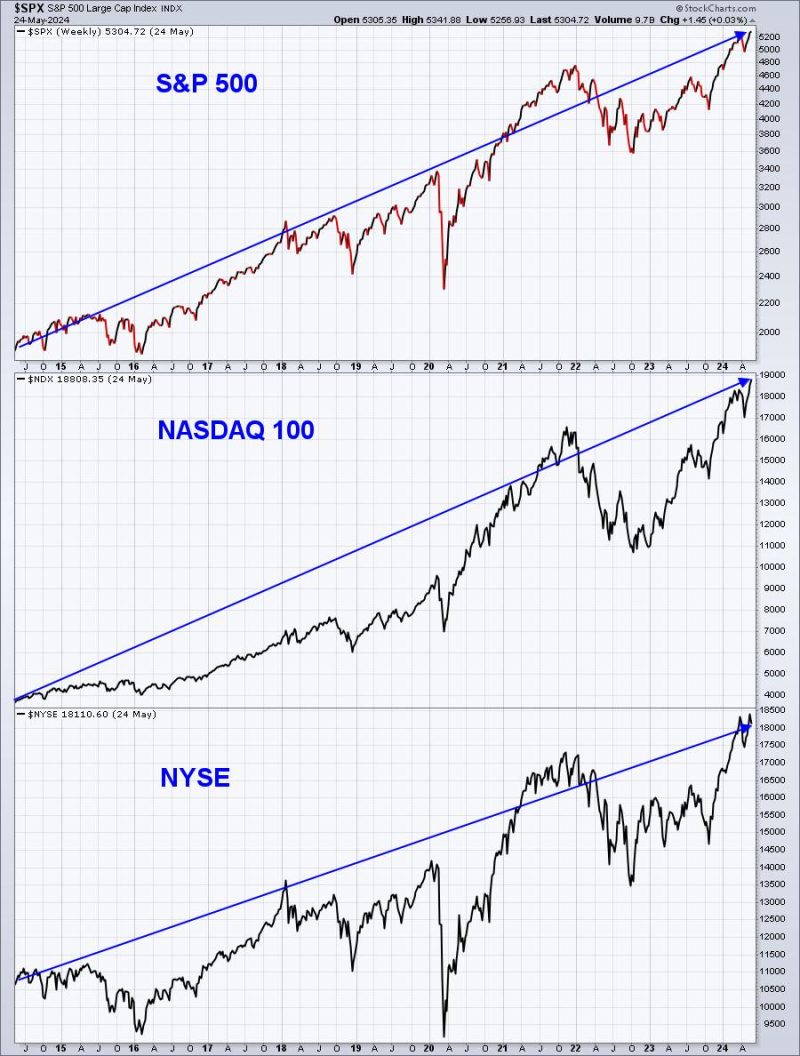Step 1: Set Clear Goals and Objectives
Setting clear goals and objectives is essential for improving your trading process and results. Before you start trading, take the time to define what you want to achieve. Are you looking to generate income, build wealth over the long term, or simply beat the market? Having a clear understanding of your goals will help guide your trading decisions and keep you focused on what you want to accomplish.
It’s important to set both short-term and long-term goals. Short-term goals could include making a certain percentage return on your investments in a month, while long-term goals might involve reaching a specific level of wealth by retirement age. By setting clear goals and objectives, you can create a roadmap for your trading journey and measure your progress along the way.
Step 2: Develop a Solid Trading Plan
Once you have established your goals, the next step to improving your trading process and results is to develop a solid trading plan. A trading plan is a set of rules and guidelines that outline your trading strategy, risk management approach, and criteria for entering and exiting trades.
Your trading plan should include details such as the assets you will trade, the timeframes you will focus on, your risk tolerance, and your profit targets. It’s important to be as specific as possible when creating your trading plan to ensure that you have a clear framework to follow when making trading decisions.
In addition to your trading strategy, your plan should also include rules for managing risk. This could involve setting stop-loss orders to limit potential losses, diversifying your portfolio to reduce risk exposure, or using position sizing techniques to control the amount of capital you risk on each trade.
Step 3: Keep Emotions in Check
One of the biggest challenges traders face is managing their emotions. Emotions such as fear, greed, and overconfidence can lead to impulsive decision-making and irrational behaviors that can negatively impact your trading results.
To improve your trading process and results, it’s important to keep your emotions in check and approach trading with a disciplined mindset. This could involve setting strict rules for when to enter and exit trades, following your trading plan consistently, and avoiding emotional reactions to market fluctuations.
Practicing mindfulness techniques, such as deep breathing or visualization, can also help you stay calm and focused during stressful trading situations. By mastering your emotions, you can make more rational trading decisions and improve your overall performance in the market.
Step 4: Continuously Learn and Adapt
The final step to improving your trading process and results is to continuously learn and adapt to changing market conditions. The financial markets are constantly evolving, and successful traders are those who are willing to adapt their strategies and techniques to stay ahead of the curve.
One way to enhance your trading skills is to invest in education and training. This could involve taking online courses, attending seminars, reading books on trading strategies, or learning from experienced traders through mentorship programs. By expanding your knowledge and developing new skills, you can sharpen your trading edge and improve your performance over time.
It’s also important to review your trading results regularly and analyze what went well and what could be improved. Keeping a trading journal can help you track your progress, identify patterns in your trading behavior, and make adjustments to your strategies as needed.
In conclusion, by following these four steps—setting clear goals and objectives, developing a solid trading plan, keeping emotions in check, and continuously learning and adapting—you can improve your trading process and achieve better results in the market. Remember that trading is a journey, and success requires patience, discipline, and a commitment to continuous improvement.

